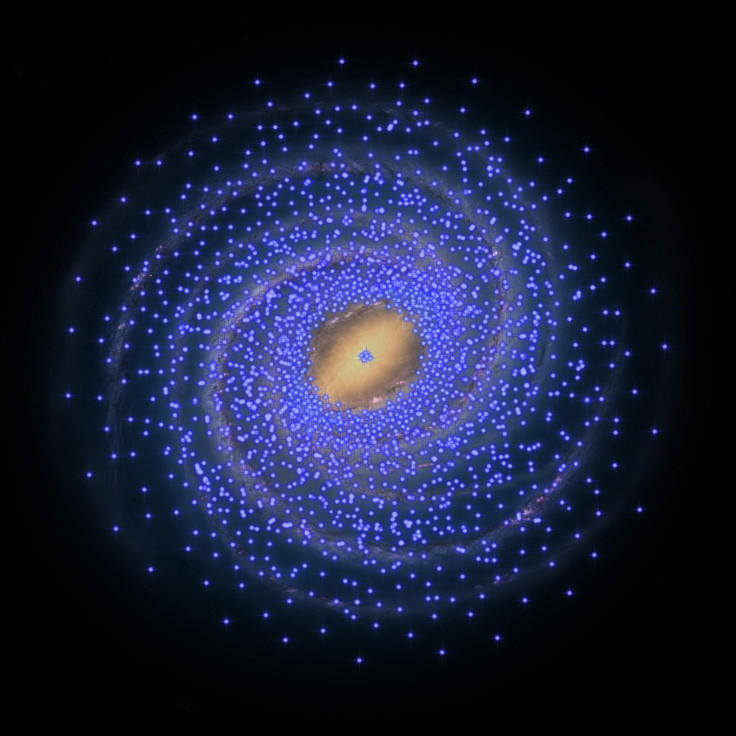Milky Way has huge gaping hole at its centre where no stars reside
Studying Cepheid stars will help astronomers better understand the structure and evolution of our galaxy.
The Milky Way has a gaping dead zone at its centre where no young stars reside. This huge region, spanning 8,000 light years, has not seen any new stars being born for hundreds of millions of years − a discovery that could mean a major revision of our understanding of the galaxy is required.
A team of researchers, led by Noriyuki Matsunaga, from the University of Tokyo, were looking to measure the distribution of young stars called Cepheids across the Milky Way.
Cepheids are between 10 and 300 million years younger than our Sun. They pulsate in brightness at regular intervals meaning astronomers can monitor them and work out how far away they are.
Understanding where stars are located in the Milky Way is essential to the understanding of its formation and evolution. The structure of the centre of the galaxy is yet to be revealed.
In their study published in the Monthly Notices of the Royal Astronomical Society, the team used Infrared Survey Facility (IRSF) 1.4-m telescope in South Africa to look at the innermost region of the Milky Way.
Normally, it is difficult to find Cepheids in this region because huge amounts of interstellar dust blocks out their light. However, the IRSF telescope allowed them to compensate for the dust by analysing near-infrared observations.

Previous research has shown there are Cepheids sitting right at the centre of the galaxy. However, the latest observations show that between these and the next lot of stars, there is a huge hole with no stars.

"We already found some while ago that there are Cepheids in the central heart of our Milky Way (in a region about 150 light years in radius). Now we find that outside this there is a huge Cepheid desert extending out to 8,000 light years from the centre," Matsunaga said.
Co-author Michael Feast added: "Our conclusions are contrary to other recent work, but in line with the work of radio astronomers who see no new stars being born in this desert."
Researchers said the lack of Cepheids in the inner part of the Milky Way indicates young stars "do not follow the exponential disc distribution towards the centre".
Giuseppe Bono, who also worked on the study, said: "The current results indicate that there has been no significant star formation in this large region over hundreds of millions years. The movement and the chemical composition of the new Cepheids are helping us to better understand the formation and evolution of the Milky Way."
© Copyright IBTimes 2025. All rights reserved.






















